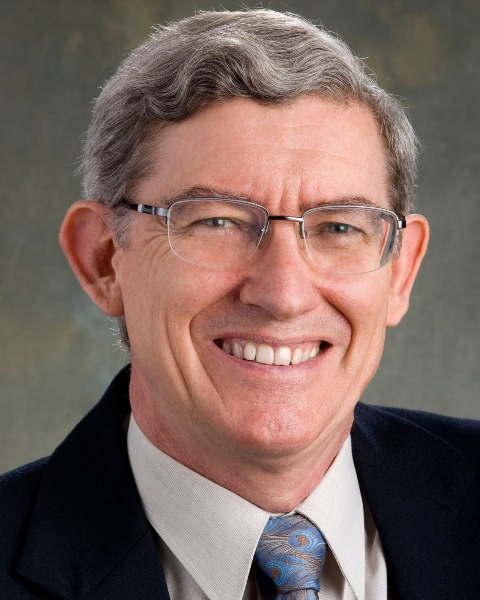Melanoma
66: Improved Survival with Sentinel Node Biopsy - An Emulated Randomized Controlled Trial

Alexander H R Varey, MBChB MRCS(Eng) FRACS FRCS(Plast) PhD (he/him/his)
A/Prof
Melanoma Institute Australia, University of Sydney, Westmead Hospital
Sydney, New South Wales, Australia
Alexander H R Varey, MBChB MRCS(Eng) FRACS FRCS(Plast) PhD (he/him/his)
A/Prof
Melanoma Institute Australia, University of Sydney, Westmead Hospital
Sydney, New South Wales, Australia
Alexander H R Varey, MBChB MRCS(Eng) FRACS FRCS(Plast) PhD (he/him/his)
A/Prof
Melanoma Institute Australia, University of Sydney, Westmead Hospital
Sydney, New South Wales, Australia- RF
Raphael P. Feser, n/a
Biostatistician
Melanoma Institute Australia, United States - NA
Nurudeen A. Adegoke, n/a
Biostatistician
Melanoma Institute Australia, United States - RS
Richard Scolyer, BMedSci MBBS MD FRCPA FRCPath(UK) FAHMS
Medical Director
Melanoma Institute Australia, Australia 
John Thompson, MBBS, MD, DSc, FRACS, FACS (Hon), FAHMS
Surgeon
Melanoma Institute Australia, The University of Sydney, Sydney, NSW, Australia
North Sydney, New South Wales, Australia- SL
Serigne N. Lo, PhD
Biostatistician
Melanoma Institute Australia, The University of Sydney, Sydney, NSW, Australia, United States
Abstract Presenter(s)
Submitter(s)
Author(s)
Methods:
A trial protocol was established as follows: adult patients diagnosed with a primary cutaneous melanoma between 01/01/2000 and 31/12/2016 with no clinical evidence of metastatic disease and a primary melanoma thickness 1.1-4.0mm were recruited from a prospectively-maintained single-institution database. Patients having SNB >90 days following diagnosis or receiving adjuvant immunotherapy were excluded. Absolute risks difference were estimated combining emulated pragmatic RCT and inverse probability weightings.
Results:
Of 5746 patients recruited, 3849 (67%) had a SNB. MSS was significantly improved in the SNB group at 5 years (85% v 76%) and 10 years (73% v 61%), a hazard ratio (HR) 0.71 [95%CI 0.52; 0.98], p-value: 0.03. Likewise, OS was improved in the SNB group at 5 years (79% v 66%) and 10 years (58% v 44), HR = 0.72 [95%CI 0.54; 0.96]. Similar improvements were seen for RFS at 5 years (64% v 43%) and 10 years (43% v 26). The number of patients needed to be biopsied (NNB) to save one person from dying from melanoma varied by melanoma thickness and age from 4 to 17 (Table 1).
Conclusions:
This emulated RCT demonstrated that SNB improved all survival outcomes in patients with melanomas 1.1-4.0mm thickness. These results are consistent with the subgroup analysis of MSLT-1. The MSS benefit was greatest in patients aged ≤40 years, in whom the NNB to save one death from melanoma was four for melanomas 1.1-2.0mm thick and six for melanomas 2.1-4.0mm thick.
Learning Objectives:
- Upon completion, participant will be able to define the survival benefit afforded by performing a sentinel node biopsy for a patient with intermediate thickness melanoma.
- Upon completion, participant will be able to define the number of patients that need to have a sentinel node biopsy to save one patient with intermediate thickness melanoma from recurrence.
- Upon completion, participant will be able to define the number of patients that need to have a sentinel node biopsy to save one patient with intermediate thickness melanoma from dying.
